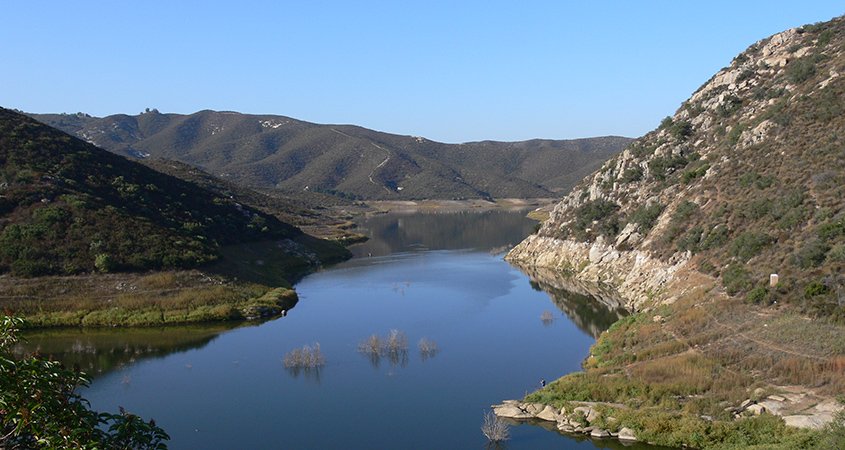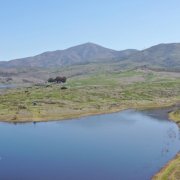Sweetwater Reservoir Now Open on Fridays for Public Use
The Sweetwater Authority has added another day for the public to enjoy activities at the Sweetwater Reservoir in Spring Valley. Previously open Saturdays through Mondays, the Authority expanded operations to include Fridays to give residents more opportunities to get outside and experience nature this summer.
Starting Friday, July 2, Sweetwater Reservoir will be open so that San Diego County residents can enjoy fishing, hiking, biking and bird watching. The reservoir hours are 7 a.m. to 5 p.m.
Shoreline Fishing Program
The addtional day also means another day for the Sweetwater Authority Shoreline Fishing Program.
“Our Fishing Program provides cost-effective, fun and educational recreational opportunities for San Diego County residents of all ages,” said Sweetwater Authority Board Chair Hector Martinez. “We’re pleased to expand this program to include Fridays and welcome residents to enjoy the beauty of our water and the environment this Independence Day weekend.”
In addition to the Sweetwater Reservoir, shoreline fishing is also available at the Authority’s Loveland Reservoir near Alpine.
Both lakes host a healthy population of bass, catfish, bullhead, bluegill, perch, rock bass and more. Catch and release is encouraged to avoid overfishing, and anglers must comply with California Fish and Game regulations.
Sweetwater Reservoir
The Sweetwater Reservoir provides shoreline fishing along a 2.5-mile stretch on the south side of the reservoir. Access is via San Miguel Road in Bonita near Sweetwater Summit Park.
Hours of Operation:
Fridays, Saturdays, Sundays and Mondays
7 am to 5 pm, March – September
7 am to 4 pm, October – February
Daily Fees:
$5 per adult
$2 per child under 16 (must be with an adult)
$3 per car for non-fishing visitors

Shoreline fishing is available at Loveland Reservoir near Alpine. Photo: Sweetwater Authority
Loveland Reservoir
The Loveland Reservoir provides fishing along a five-mile portion of the shoreline. Access is via the Interstate 8 East to Tavern Road/Alpine off-ramp.
Hours of Operation:
Open Daily
6 am to 6 pm, March – September
6 am to 5 pm, October – February
Daily Fees:
There are no fees to access Loveland Reservoir.
A California State Fishing License is required at both reservoirs for those 16 and older, and adult supervision is required for children under the age of 16.
(Editor’s note: The Sweetwater Authority is one of the San Diego County Water Authority’s 24 member agencies that deliver water across the metropolitan San Diego region.)




